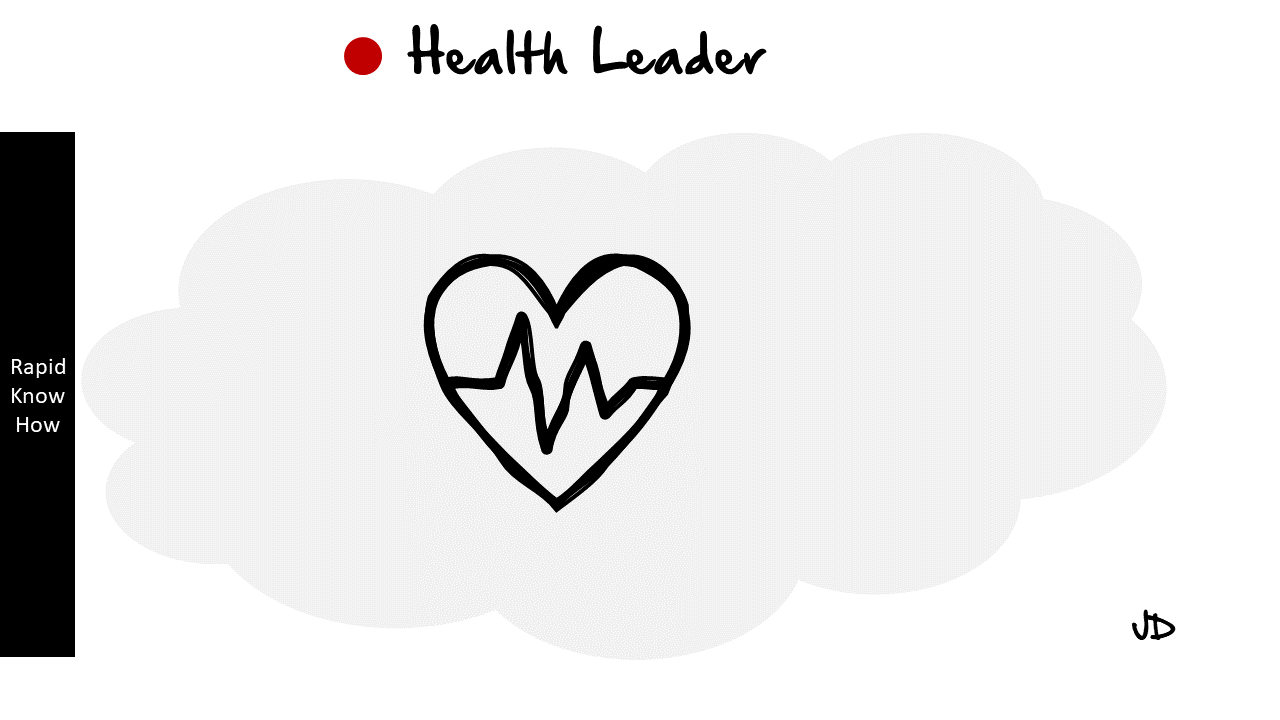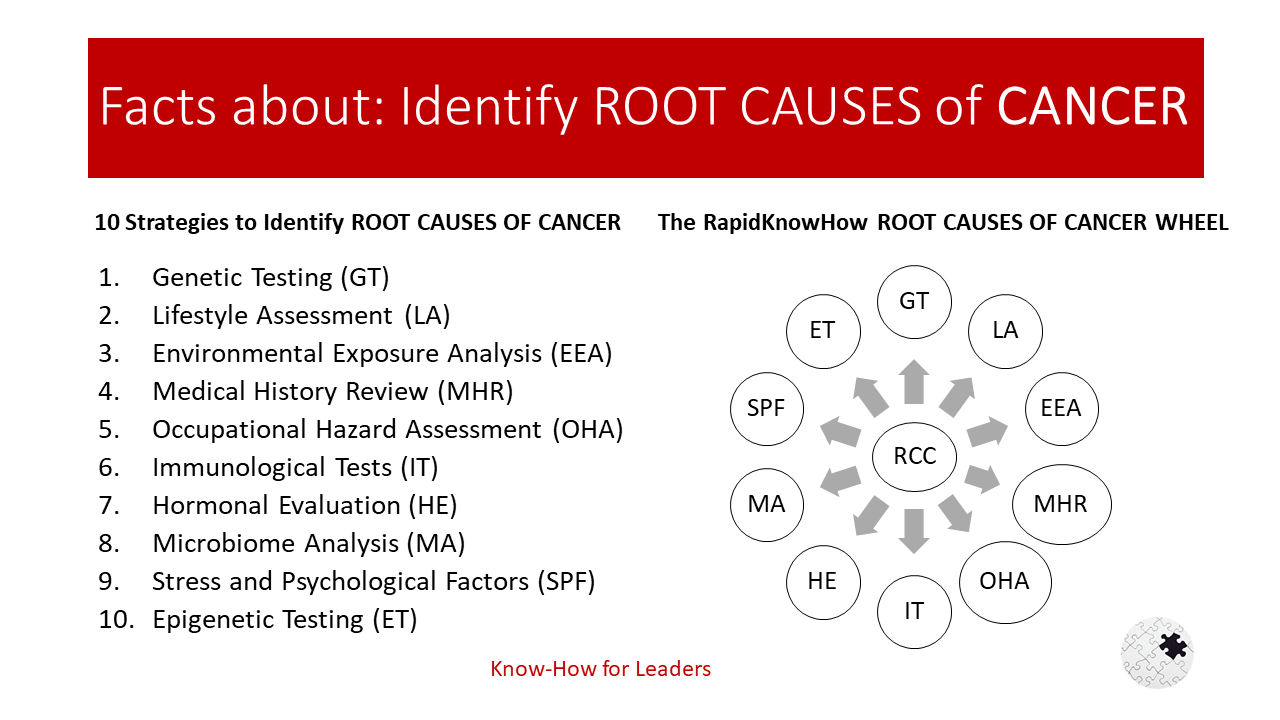RapidKnowHow > Industrial Gas Leader > Designing interaction of stakeholders and systems without intermediaries
Designing interactions among stakeholders and systems in an industrial gas context, especially without intermediaries, involves creating a streamlined communication and operational framework. Here are some key considerations and strategies to facilitate this design:
1. Identify Stakeholders and Systems
- Stakeholders: Identify all relevant parties, including suppliers, manufacturers, distributors, customers, and regulatory bodies.
- Systems: Map out existing systems used by each stakeholder, such as ERP systems, CRM platforms, logistics management, and monitoring systems.
2. Direct Communication Channels
- Digital Platforms: Develop a centralized digital platform or application where stakeholders can interact directly. This could include forums, messaging systems, or dashboards that provide real-time data.
- Collaboration Tools: Implement tools that allow for direct collaboration, such as shared documents, project management tools, and video conferencing solutions.
3. Standardized Protocols and Processes
- Data Standards: Establish standardized protocols for data sharing among systems to ensure compatibility and understanding. This can include standardizing formats for order processing, inventory tracking, and compliance documentation.
- Workflow Automation: Use automation to handle routine tasks and approvals between stakeholders, reducing the need for intermediaries.
4. Smart Contracting
- Blockchain Technology: Explore the utilization of blockchain for transactions and agreements between stakeholders. Smart contracts can automate contract enforcement and payment processing without the need for a third party.
5. Real-Time Monitoring and Feedback
- IoT Integration: Implement Internet of Things (IoT) devices to provide real-time monitoring of gas distribution, usage, and safety parameters. This real-time data can be directly shared with all stakeholders.
- Feedback Loops: Create mechanisms for stakeholders to provide feedback on processes and systems directly, allowing for continuous improvement.
6. Training and Onboarding
- Stakeholder Education: Ensure all stakeholders are trained adequately on the new systems and processes. Continuous learning opportunities should be provided to keep everyone updated on best practices.
- User-Friendly Interfaces: Design user interfaces that are intuitive and easy to navigate, minimizing resistance to change.
7. Compliance and Security
- Data Security: Implement strong security measures to protect sensitive information shared among stakeholders, especially when removing intermediaries.
- Regulatory Compliance: Ensure that all interactions and data sharing comply with industry regulations and standards, such as safety and environmental regulations.
8. Inclusive Decision-Making
- Stakeholder Workshops: Facilitate workshops or meetings where stakeholders can collectively discuss challenges and solutions, fostering a culture of collaboration and transparency.
- Advisory Groups: Create advisory groups consisting of stakeholders to provide insights and recommendations on system design and improvements.
9. Performance Metrics
- Measurement and KPIs: Develop key performance indicators (KPIs) to measure the effectiveness of direct interactions and systems. Regularly review these metrics to make informed decisions about necessary adjustments.
Conclusion
By focusing on seamless communication, data integration, automation, and stakeholder engagement, a leader in the industrial gas sector can effectively design interactions in a way that minimizes the need for intermediaries.
This design will lead to enhanced efficiency, improved relationships, and a more agile operational framework.




